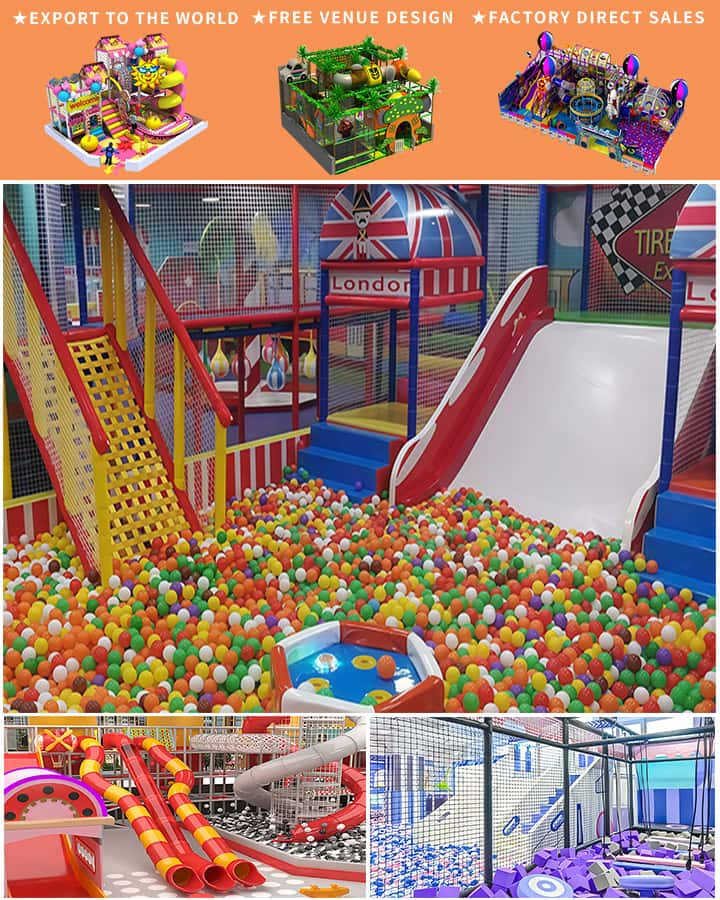Designing an early childhood play space is more than just arranging toys and furniture; it’s about crafting an environment that fosters growth, creativity, and learning. Early childhood is a critical period for development, and the right play space can significantly influence a child’s physical, cognitive, social, and emotional growth. This article explores essential elements to consider when creating an ideal early childhood play space.
1. Safety First
Nothing is more important in an early childhood play space than safety. Ensure that the area is free from hazards such as sharp edges, choking risks, and toxic materials. Use non-toxic, washable paint and materials that are easy to clean. Soft flooring or mats are crucial to cushion falls, while rounded corners on furniture reduce the risk of injury. Gates or barriers should be installed to keep the area secure, preventing children from wandering off.
2. Age-Appropriate Toys and Equipment
To maximize developmental benefits, select age-appropriate toys and equipment. For infants and toddlers, simple, sensory-rich items like soft blocks, rattles, and stacking rings are ideal. As children grow older, introduce more complex toys that promote problem-solving skills, such as puzzles, building sets, and educational games. Ensure there is a variety to cater to different interests and abilities, encouraging all children to engage and learn.
3. Stimulating Environment

An engaging play space should stimulate curiosity and imagination. Decorate with vibrant colors, wall murals, and themed areas (e.g., a mini kitchen, reading nook, or pretend store) to create an inviting atmosphere. Incorporate natural elements like plants or water features where possible, as interacting with nature enhances sensory experiences. Mirrors can also be a fun addition, providing endless opportunities for self-exploration and imitation play.
4. Flexible and Durable Furniture
Invest in versatile and durable furniture that can adapt to various activities and withstand wear and tear. Tables and chairs should be adjustable in height to accommodate growing bodies. Storage solutions like low shelves, bins, and baskets help keep the space organized while allowing children to access their toys independently. A mix of individual and group seating arrangements supports both solo and collaborative play.
5. Quiet Areas for Calm and Concentration
Not all play has to be loud and chaotic. Incorporating quiet areas with beanbags, cozy rugs, and bookshelves filled with age-appropriate literature provides children with spaces for calm activities like reading or imaginative play. These areas are especially beneficial for children who may need a break from more stimulating environments to recharge.
6. Opportunities for Outdoor Play
Outdoor play is vital for physical health and motor skill development. If possible, designate a safe outdoor area equipped with swings, slides, climbing structures, and open space for running and playing games. Ensure this area is well-fenced and free from hazardous materials. Garden beds or small patches of sand and water can further enrich sensory experiences and encourage exploration.
7. Inclusive Design
An inclusive play space welcomes children of all abilities. Consider features like ramps instead of stairs, sensory-rich textures for tactile engagement, and quiet zones for children who are easily overwhelmed by noise. Inclusive design ensures that every child can participate fully and enjoy the benefits of play.
Conclusion
Creating the perfect early childhood play space involves thoughtful planning and attention to detail. By prioritizing safety, selecting appropriate toys and equipment, designing a stimulating environment, incorporating flexible furniture, providing areas for quiet play, facilitating outdoor activities, and ensuring inclusivity, you can develop a space that supports and enhances young children’s growth and development. With these key elements in mind, your early childhood play space will become a haven of joy, learning, and exploration for little ones.




